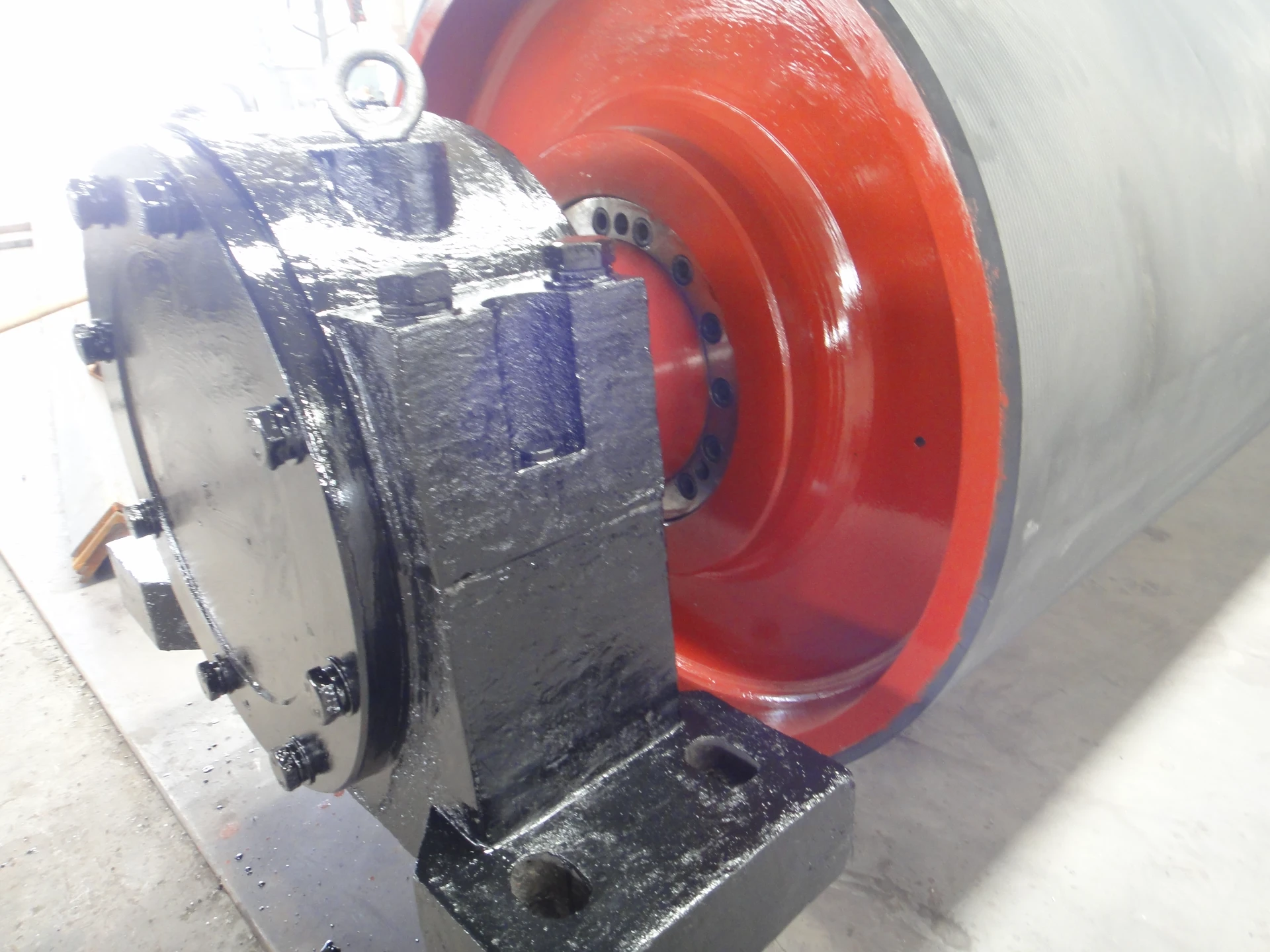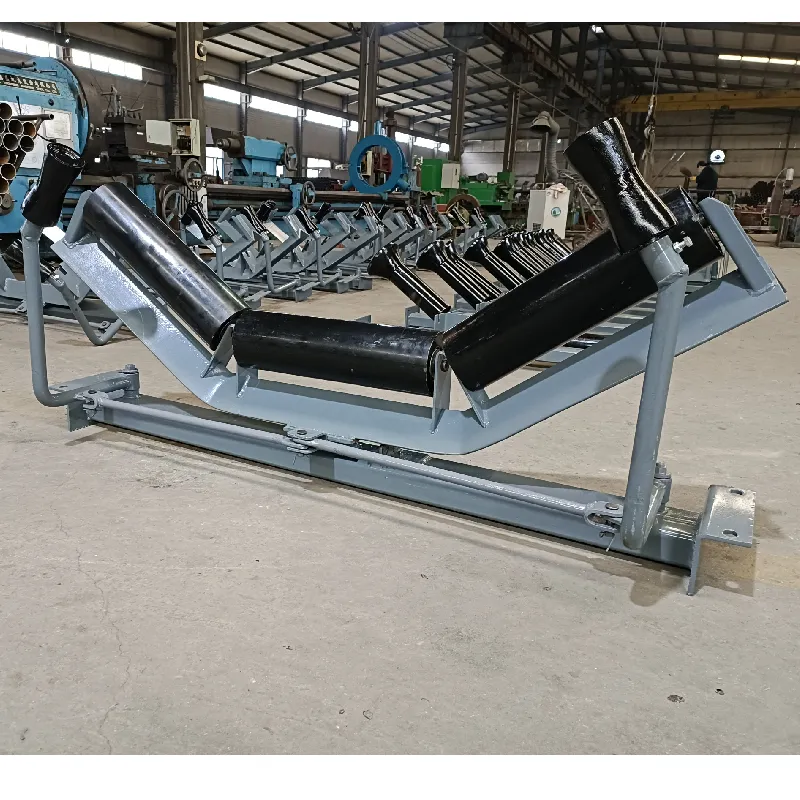 Afrikaans
Afrikaans  Albanian
Albanian  Amharic
Amharic  Arabic
Arabic  Armenian
Armenian  Azerbaijani
Azerbaijani  Basque
Basque  Belarusian
Belarusian  Bengali
Bengali  Bosnian
Bosnian  Bulgarian
Bulgarian  Catalan
Catalan  Cebuano
Cebuano  Corsican
Corsican  Croatian
Croatian  Czech
Czech  Danish
Danish  Dutch
Dutch  English
English  Esperanto
Esperanto  Estonian
Estonian  Finnish
Finnish  French
French  Frisian
Frisian  Galician
Galician  Georgian
Georgian  German
German  Greek
Greek  Gujarati
Gujarati  Haitian Creole
Haitian Creole  hausa
hausa  hawaiian
hawaiian  Hebrew
Hebrew  Hindi
Hindi  Miao
Miao  Hungarian
Hungarian  Icelandic
Icelandic  igbo
igbo  Indonesian
Indonesian  irish
irish  Italian
Italian  Japanese
Japanese  Javanese
Javanese  Kannada
Kannada  kazakh
kazakh  Khmer
Khmer  Rwandese
Rwandese  Korean
Korean  Kurdish
Kurdish  Kyrgyz
Kyrgyz  Lao
Lao  Latin
Latin  Latvian
Latvian  Lithuanian
Lithuanian  Luxembourgish
Luxembourgish  Macedonian
Macedonian  Malgashi
Malgashi  Malay
Malay  Malayalam
Malayalam  Maltese
Maltese  Maori
Maori  Marathi
Marathi  Mongolian
Mongolian  Myanmar
Myanmar  Nepali
Nepali  Norwegian
Norwegian  Norwegian
Norwegian  Occitan
Occitan  Pashto
Pashto  Persian
Persian  Polish
Polish  Portuguese
Portuguese  Punjabi
Punjabi  Romanian
Romanian  Russian
Russian  Samoan
Samoan  Scottish Gaelic
Scottish Gaelic  Serbian
Serbian  Sesotho
Sesotho  Shona
Shona  Sindhi
Sindhi  Sinhala
Sinhala  Slovak
Slovak  Slovenian
Slovenian  Somali
Somali  Spanish
Spanish  Sundanese
Sundanese  Swahili
Swahili  Swedish
Swedish  Tagalog
Tagalog  Tajik
Tajik  Tamil
Tamil  Tatar
Tatar  Telugu
Telugu  Thai
Thai  Turkish
Turkish  Turkmen
Turkmen  Ukrainian
Ukrainian  Urdu
Urdu  Uighur
Uighur  Uzbek
Uzbek  Vietnamese
Vietnamese  Welsh
Welsh  Bantu
Bantu  Yiddish
Yiddish  Yoruba
Yoruba  Zulu
Zulu Feb . 10, 2025 11:09
Back to list
herringbone rubber lagging
Herringbone rubber lagging, a distinguished feature in industrial conveyor systems, remains pivotal in enhancing the efficiency and lifespan of conveyor pulleys. This specialized rubber lagging employs a unique herringbone pattern, often selected for its increased grip and effective water dispersal, crucial in preventing conveyor belt slippage—a common concern in wet or humid environments.
As experienced voices within the industry would assert, the use of herringbone rubber lagging is a decision weighted on not just immediate operational demands, but also on long-term strategy and investment in operational integrity. The reduced wear on conveyor belts translates to lower replacement costs over time, echoing the principles of sustainable industrial practices. Additionally, consistent performance in reducing slippage minimizes potential safety hazards associated with conveyor operations, further underscoring the safety credentials that align with trusted industry standards. From an expert’s viewpoint, the strategic use of herringbone rubber lagging reflects a sophisticated understanding of both mechanical dynamics and material science. It embodies the confluence of engineering, maintenance strategy, and performance optimization. The adoption of such materials showcases a commitment to not only achieving high operational standards but also aligns with a broader organizational focus on sustainable, efficient industrial practice. The credibility of herringbone rubber lagging usage is endorsed by several case studies documenting reduced operational costs and enhanced performance metrics. These studies further validate the expert insight that positions rubber lagging as an indispensable component in optimizing conveyor system efficacy. Therefore, when seeking solutions that blend efficiency with reliability, herringbone rubber lagging stands out as a preferred choice, embodying both the art and science of industrial material handling solutions. As businesses continue to navigate towards automation and precision in operations, the role of such advanced materials becomes even more crucial, reinforcing the importance of expert consultation and strategic implementation in harnessing their full potential.


As experienced voices within the industry would assert, the use of herringbone rubber lagging is a decision weighted on not just immediate operational demands, but also on long-term strategy and investment in operational integrity. The reduced wear on conveyor belts translates to lower replacement costs over time, echoing the principles of sustainable industrial practices. Additionally, consistent performance in reducing slippage minimizes potential safety hazards associated with conveyor operations, further underscoring the safety credentials that align with trusted industry standards. From an expert’s viewpoint, the strategic use of herringbone rubber lagging reflects a sophisticated understanding of both mechanical dynamics and material science. It embodies the confluence of engineering, maintenance strategy, and performance optimization. The adoption of such materials showcases a commitment to not only achieving high operational standards but also aligns with a broader organizational focus on sustainable, efficient industrial practice. The credibility of herringbone rubber lagging usage is endorsed by several case studies documenting reduced operational costs and enhanced performance metrics. These studies further validate the expert insight that positions rubber lagging as an indispensable component in optimizing conveyor system efficacy. Therefore, when seeking solutions that blend efficiency with reliability, herringbone rubber lagging stands out as a preferred choice, embodying both the art and science of industrial material handling solutions. As businesses continue to navigate towards automation and precision in operations, the role of such advanced materials becomes even more crucial, reinforcing the importance of expert consultation and strategic implementation in harnessing their full potential.
Latest news
-
Revolutionizing Conveyor Reliability with Advanced Rubber Lagging PulleysNewsJul.22,2025
-
Powering Precision and Durability with Expert Manufacturers of Conveyor ComponentsNewsJul.22,2025
-
Optimizing Conveyor Systems with Advanced Conveyor AccessoriesNewsJul.22,2025
-
Maximize Conveyor Efficiency with Quality Conveyor Idler PulleysNewsJul.22,2025
-
Future-Proof Your Conveyor System with High-Performance Polyurethane RollerNewsJul.22,2025
-
Driving Efficiency Forward with Quality Idlers and RollersNewsJul.22,2025
OUR PRODUCTS





























